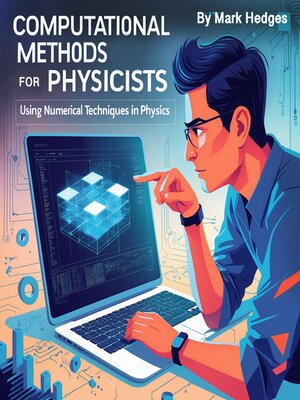Computational Methods for Physicists
audiobook (Unabridged) ∣ Using Numerical Techniques in Physics
By Mark Hedges

Sign up to save your library
With an OverDrive account, you can save your favorite libraries for at-a-glance information about availability. Find out more about OverDrive accounts.
Find this title in Libby, the library reading app by OverDrive.



Search for a digital library with this title
Title found at these libraries:
| Library Name | Distance |
|---|---|
| Loading... |
Computational physics is a crucial branch of modern physics that utilizes numerical techniques and algorithms to solve complex physical problems. With the increasing complexity of theoretical models and the limitations of analytical solutions, computational methods have become an indispensable tool for physicists. From simulating quantum systems to modeling astrophysical phenomena, computation allows researchers to explore scenarios that are otherwise impractical or impossible to study experimentally.
One of the primary motivations for using computational techniques in physics is the ability to handle problems involving nonlinear equations, chaotic systems, or large datasets. Many physical equations, such as the Navier-Stokes equations in fluid dynamics or Schrödinger's equation in quantum mechanics, lack closed-form analytical solutions. In such cases, numerical methods provide approximate but highly accurate solutions. Computational techniques also play a crucial role in experimental physics, where data analysis and simulations help interpret results and refine theoretical models.
Historically, computational physics emerged as a distinct discipline in the mid-20th century, with the advent of digital computers. Early physicists used numerical methods for simple problems, such as solving ordinary differential equations, but as computing power increased, so did the scope of applications. Today, computational physics is integrated with other scientific disciplines, including materials science, climate modeling, and biophysics, demonstrating its wide-ranging impact.







